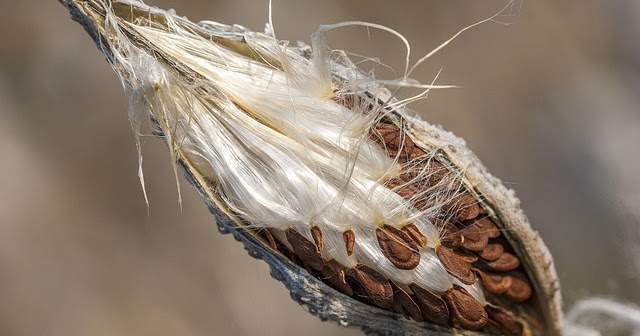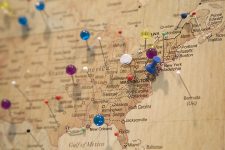Planting native species in your yard so your garden thrives
2 min read
Any yard of any size can grow native plants, which attract important insects and pollinators. Pollination is important for the propagation of local food and animal sources. It’s part of bigger plan of eco-diversity.
Along the same vein, perhaps even more importantly, you should avoid invasive species of plants for several reasons. Invasive species crowd out other native species, upsetting the natural eco-system. An example of a popular but invasive plant is the well-known butterfly bush.
An invasive species will easily spread but as it spreads and flourishes, it will crowd out the natural species to the region and upset the delicate balance of nature.
Additionally, in the example of the butterfly bush, while it contains a great deal of attractive nectar and draws in butterflies, it is not the right host plant for the insect. Think of butterfly bushes as the “fast food” of your garden. Sure, the butterflies will come and dine, but they will not be healthy and will not be able to reproduce, thereby negating the intent of attracting pollinators.
Continuing the example, since an invasive species does not serve a proper host for the caterpillars, it also disrupts the food sources for birds like chickadees which require thousands of caterpillars to survive. A baby chickadee needs 6000 + caterpillars until it is an adult. Baby birds require the caterpillars for protein that is not provided by other food sources.
Better choices include butterfly weed, oak trees, and milkweed. Many conservation groups collect milkweed seeds to helps spread more milkweed. Those are the right sort of plants to help increase the population of natural pollinators.
Some of the appropriate native plants that an Ohio gardener may choose include:
- Butterfly Weed
- Black Eyed Susan
- Goldenrod
- Wild Geranium
- White Trillium
- Milkweed
These plants are widely available at local nurseries and a much better choice for your yard than an invasive species. Ohio is in the Zone 5 planting region, meaning that the best time to plant is between frost season, from late May until early October. To learn more about appropriate plants for your region, you can contact your county soil and water conservation district.
Specific to Our Daily Green’s location, contact the Mahoning County Soil and Water Conservation District for additional information and equipment rentals for larger land plots. The district also holds its annual milkweed pod collection from September 1 to October 31 each year.







